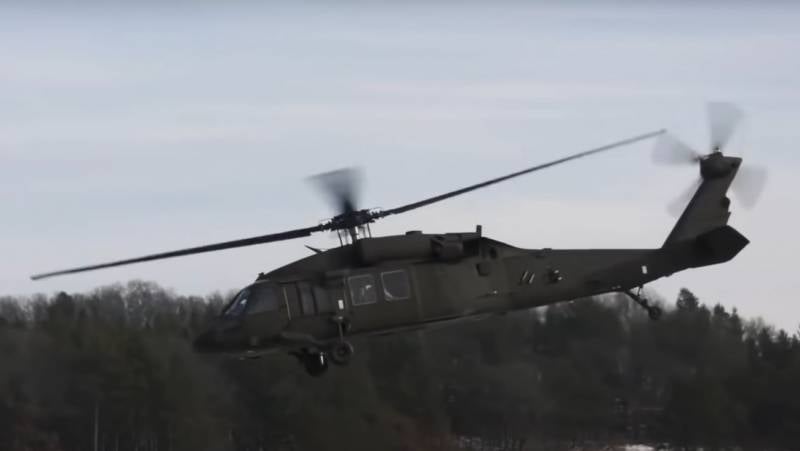The US plans to use unmanned helicopters to fight forest fires

In Maui, firefighting pilots bravely came to the rescue as wildfires sought to destroy the Hawaiian island last month, according to the US press. But these heroes may soon face stiff competition from autonomous helicopters.
Rain, a leader in aerial wildfire containment technology, is committed to fighting fires using unmanned aircraft. On Wednesday, the company announced a partnership with helicopter maker Sikorsky to add Lockheed Martin subsidiary's optionally manned Black Hawk to its arsenal. The partnership promises to provide autonomous, rapid response capabilities for aerial firefighting and reduce firefighting costs.
Rain's innovators will use its Matrix autonomy package and Wildfire mission autonomy system to transmit mission commands to the unmanned Black Hawk. These systems integrate with wildfire early detection networks to dispatch an autonomous helicopter, allowing fires to be extinguished with water within minutes of detection. This is very important given that flames can spread very quickly.
– said Igor Cherepinsky, director of Sikorsky Innovations.
The autonomous Rain Wildfire Mission system allows fire departments to quickly respond to fires in hard-to-reach areas or rough terrain, increasing their coverage area. The onboard system detects and locates fires in real time, develops an extinguishing strategy, and plans a flight path to ensure the suppressant hits the target—all independently.
Throughout the mission, the system also shares intelligence and plans, providing firefighters with situational awareness and control.
Matrix has already been tested on 10 different helicopters, including a demonstration flight on an unmanned UH-60 Black Hawk last year. The autonomy package is suitable for both rotorcraft and fixed-wing aircraft, as well as existing and new systems.
In simulations, Rhine's engineers found that a network of about 200 rain stations, which serve as the company's hangars and ground control stations and house unmanned helicopters such as the optionally manned Black Hawk, could one day put an end to California's catastrophic wildfires. The company acknowledged that this is an ambitious goal, but hopes to reach this milestone by the end of the decade.
Information